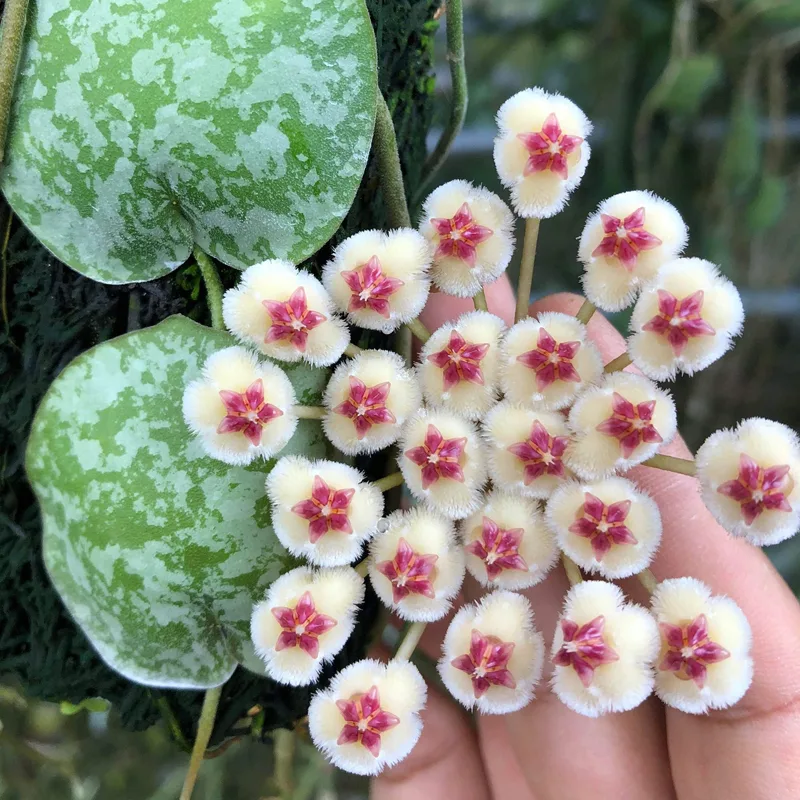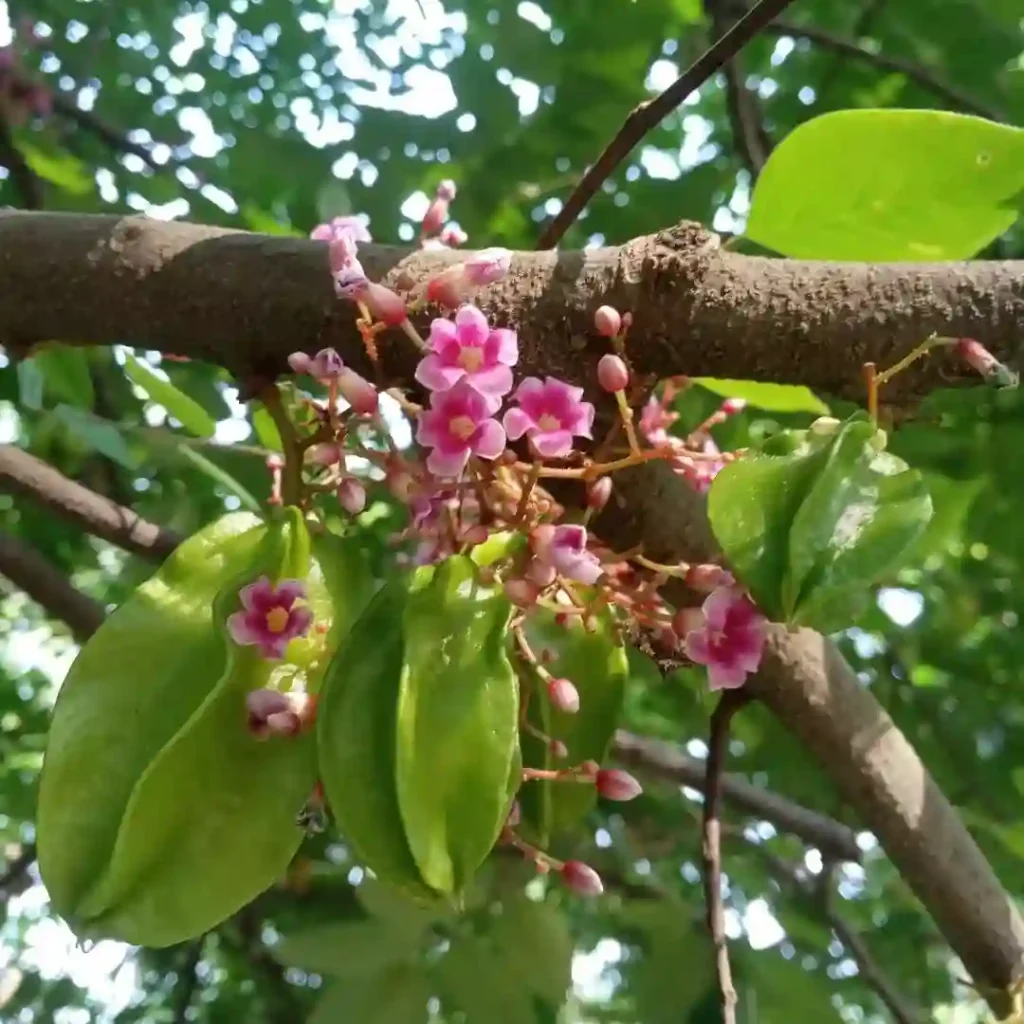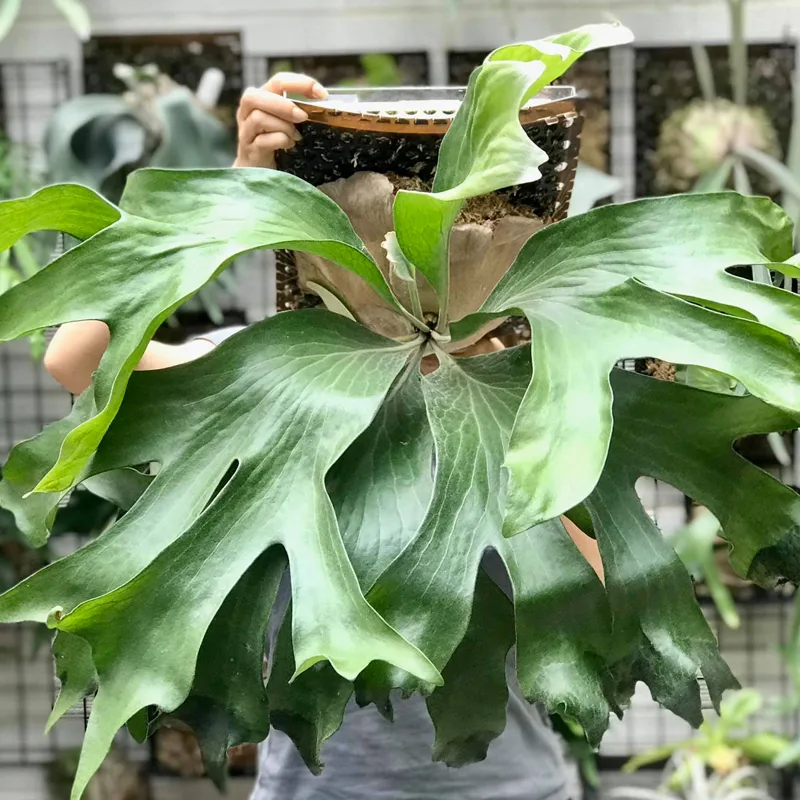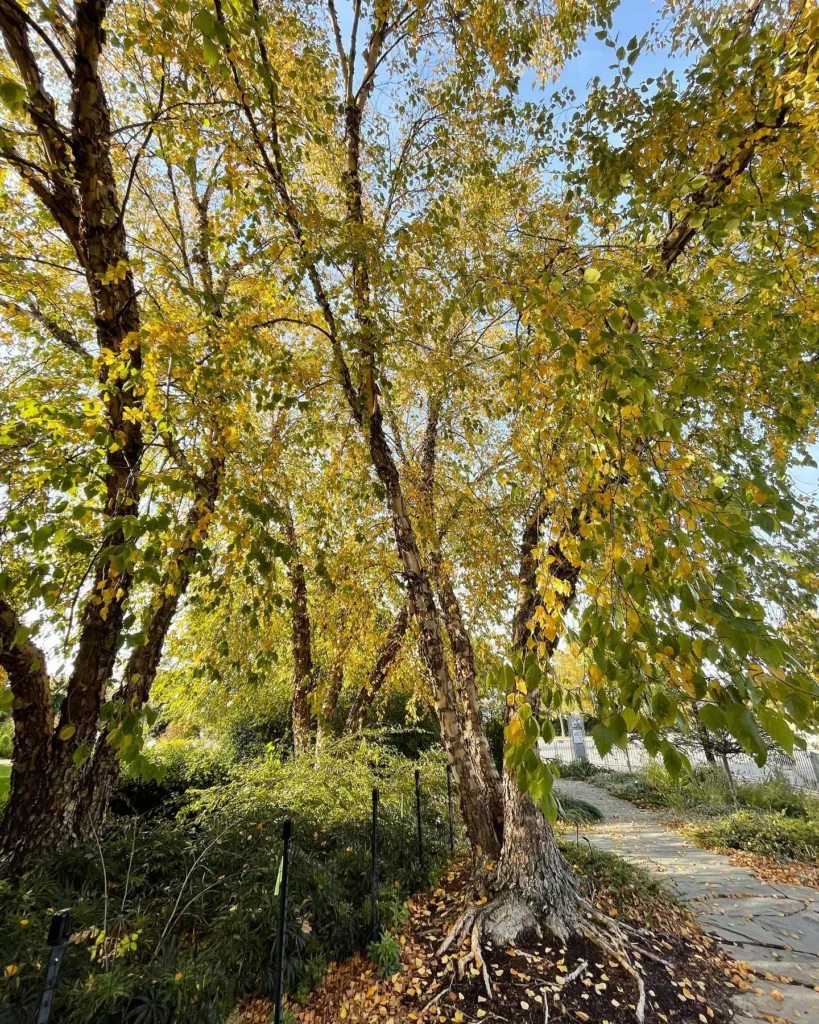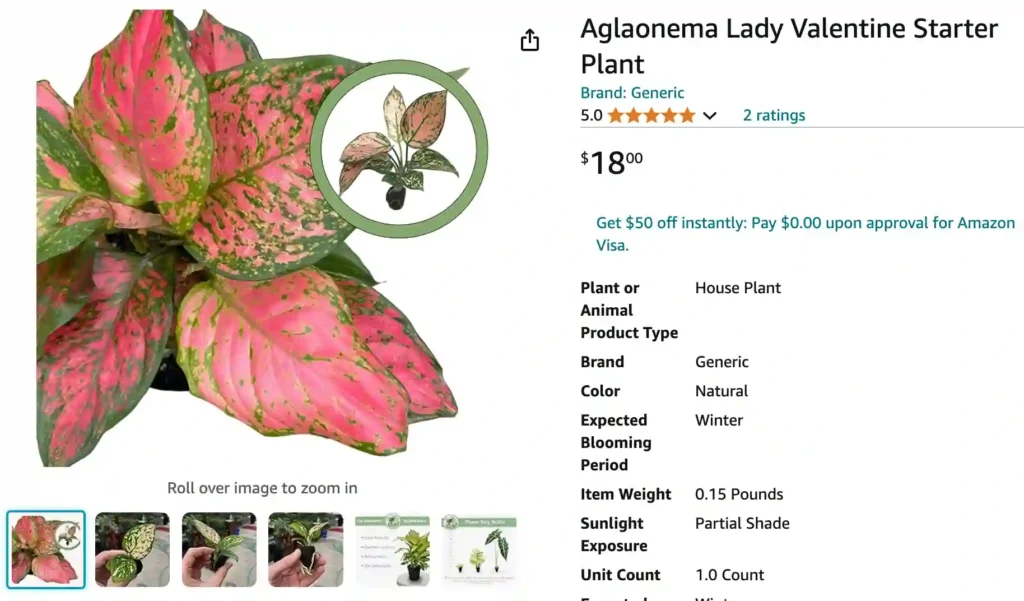
Aglaonema Lady Valentine: Your Guide to the Pink and Pretty
Hey there, plant enthusiasts! Ferb Vu here, and today we’re diving into the delightful world of the Aglaonema Lady Valentine. This houseplant isn’t just easy on the eyes with its vibrant pinks and limes, it’s also a low-maintenance dream, perfect for busy schedules or those new to the plant parenthood world.
26 Species in Genus Aglaonema
What’s the Deal with Aglaonema Lady Valentine?
The Aglaonema Lady Valentine is a cultivar, a fancy term for a cultivated variety, of the Chinese Evergreen (Aglaonema). These tropical beauties are known for their lush foliage and tolerance of less-than-ideal lighting conditions. But the Lady Valentine stands out with its stunning variegated leaves. Think splashes of bubblegum pink dancing across a lime green canvas.
How to care for Aglaonema Lady Valentine?
Light It Up (But Not Too Much)
While Aglaonemas are generally considered low-light tolerant, the Lady Valentine thrives in brighter, indirect light. Think dappled sunlight filtering through a window or a spot near a brightly lit room, but not in the sun’s direct gaze. Too much direct sun can scorch those beautiful leaves.
Here’s the key takeaway: brighter light equals bolder pink hues. If the pink starts to fade, consider adjusting the light.
Watering Wisely
Remember, overwatering is the enemy of most houseplants, and the Lady Valentine is no exception. Let the soil dry out slightly between waterings. Stick your finger into the soil – if the top inch feels dry, it’s watering time. Aim for room temperature water to avoid shocking the roots.
Feeding Frenzy (Not Really)
The Lady Valentine isn’t a heavy feeder. A balanced, diluted fertilizer applied once a month during the growing season (spring and summer) is sufficient. During the winter months, you can hold off on fertilizing altogether.
Keeping it Cozy
These tropical natives prefer warm environments. Aim for temperatures between 65°F and 80°F (18°C and 27°C). Avoid placing your Lady Valentine near cold drafts or air conditioners.
Humidity: Friend or Foe?
While Aglaonemas can tolerate average household humidity, they appreciate a little extra moisture in the air. Grouping your Lady Valentine with other humidity-loving plants or using a pebble tray filled with water can help create a more spa-like environment for your leafy friend.
My Lady Valentine’s leaves are turning yellow. What’s wrong?
Yellowing leaves can be a sign of overwatering. Check the soil moisture and adjust your watering routine.
The pink on my leaves is fading. Help!
This could be due to insufficient light. Try moving your plant to a brighter spot with indirect light.
Are Lady Valentines toxic to pets?
Unfortunately, yes. Aglaonemas, including the Lady Valentine, contain calcium oxalate crystals which can be irritating if ingested by pets or humans. Keep your plant out of reach of curious furry (or not-so-furry) friends.
Lady Valentine vs. Other Popular Houseplants: Picking Your Perfect Plant
The Low-Maintenance Lookalike: Aglaonema Silver Bay
Looking for a similar low-maintenance vibe, but with a different aesthetic? Check out the Aglaonema ‘Silver Bay’. This variety boasts stunning silver variegation on its deep green leaves.
The Air Purifying Powerhouse: Snake Plant
If air purification is your top priority, the Snake Plant (Sansevieria trifasciata) might be your champion. This architectural wonder is known for its ability to remove toxins from the air and requires minimal care.
The Colorful Climber: Pothos
Love trailing plants? The Pothos (Epipremnum aureum) offers vibrant green or variegated foliage and can happily climb or cascade from a pot or hanging basket. It’s another winner for beginners.
So, is the Aglaonema Lady Valentine Right for You?
Absolutely! If you’re seeking a fuss-free houseplant with a touch of personality, the Lady Valentine ticks all the boxes. With its stunning looks and easy-going nature, it’s sure to become a cherished member of your indoor jungle.
If i die, water my plants!
